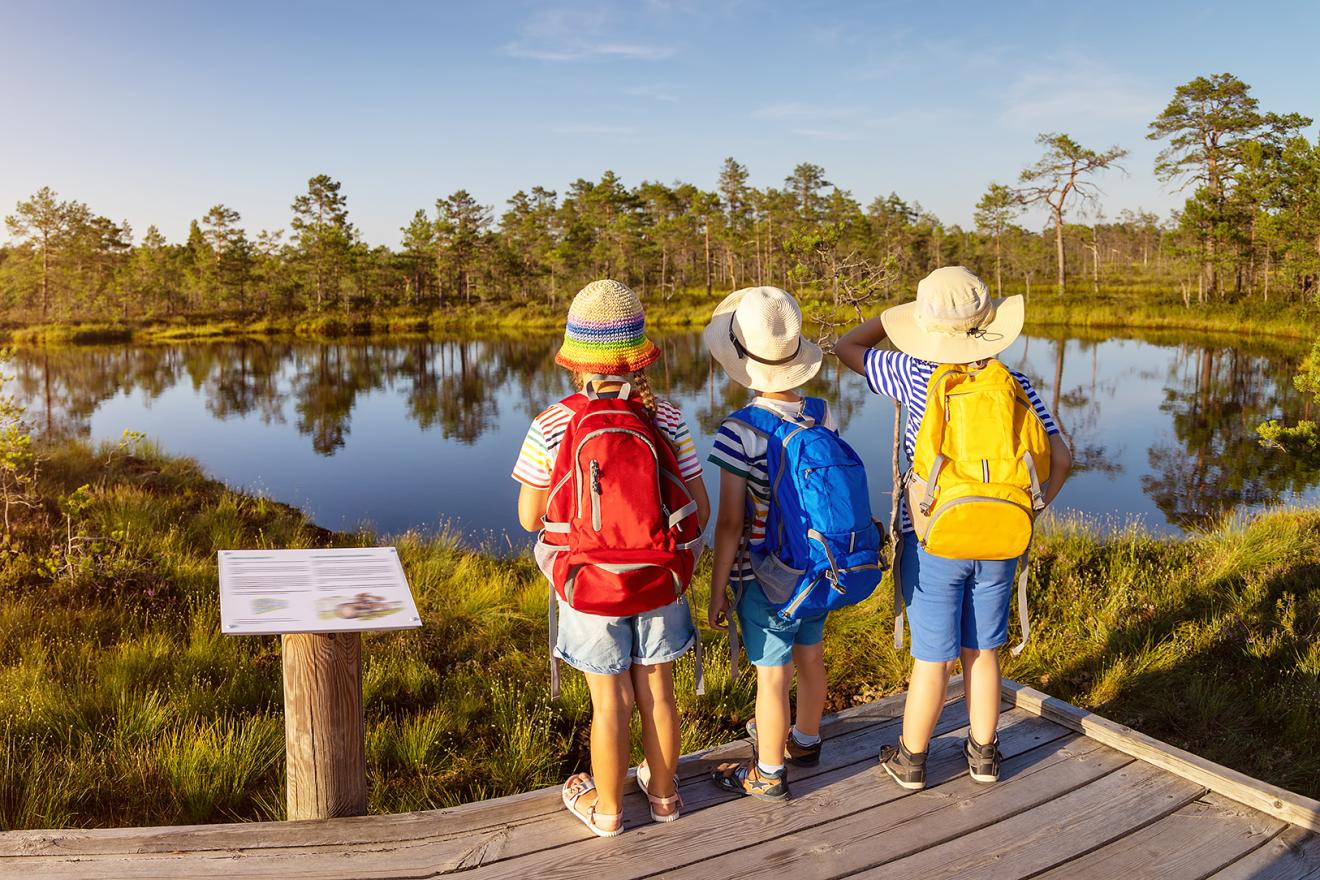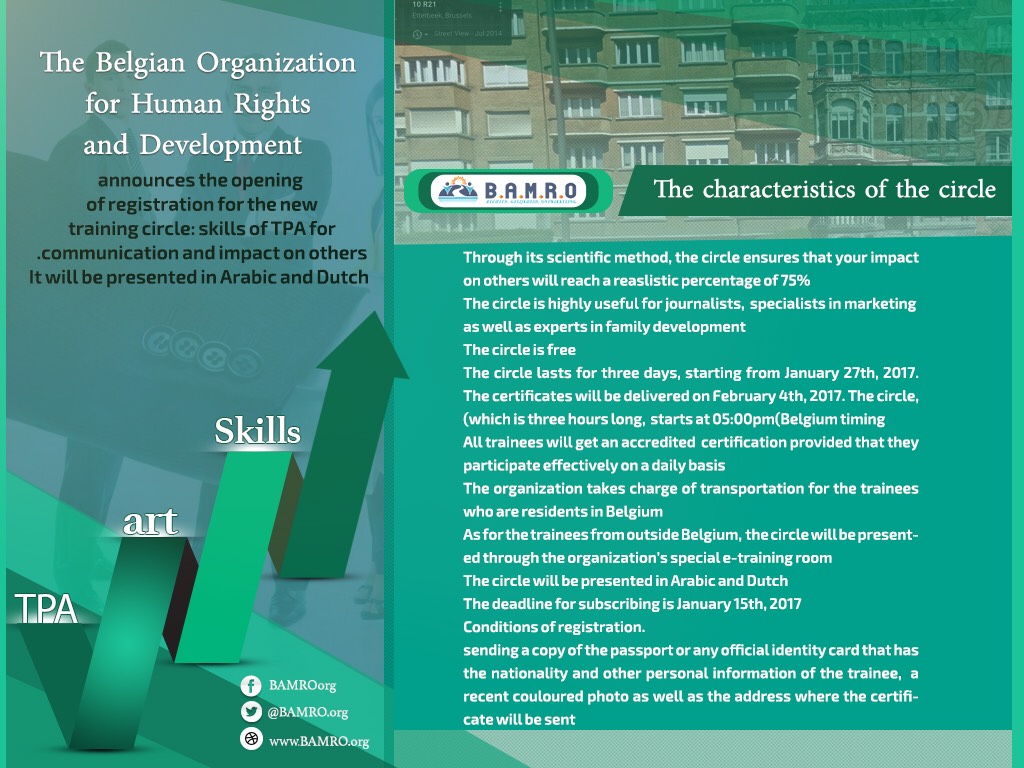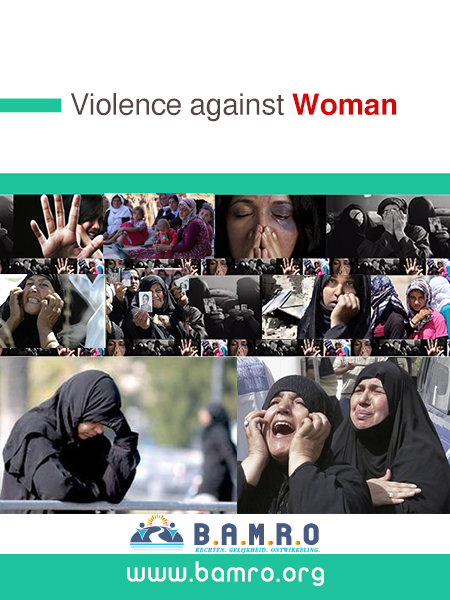Vote
-
For further training via the Zoom program or at our office? ?
Register a
Violation
We you
Contact youS.O.S.
0032 02 7322568
World Wetlands Day 2 February
World Wetlands Day
2 February
Life interlaced: wetlands and people
Wetlands are ecosystems, in which water is the primary factor controlling the environment and the associated plant and animal life. A broad definition of wetlands includes both freshwater and marine and coastal ecosystems, such as all lakes and rivers, underground aquifers, swamps and marshes, wet grasslands, peatlands, oases, estuaries, deltas and tidal flats, mangroves and other coastal areas, coral reefs, and all human-made sites such as fishponds, rice paddies, reservoirs and saltpans.
These lands are critical to people and nature, given the intrinsic value of these ecosystems, and their benefits and services, including their environmental, climate, ecological, social, economic, scientific, educational, cultural, recreational and aesthetic contributions to sustainable development and human wellbeing.
Alhough they cover only around 6 per cent of the Earth’s land surface, 40 per cent of all plant and animal species live or breed in wetlands. Wetland biodiversity matters for our health, our food supply, for tourism and for jobs. Wetlands are vital for humans, for other ecosystems and for our climate, providing essential ecosystem services, such as water regulation, including flood control and water purification. More than a billion people across the world depend on wetlands for their livelihoods – that’s about one in eight people on Earth.
Why they are in danger
Wetlands are among the ecosystems with the highest rates of decline, loss and degradation. Indicators of current negative trends in global biodiversity and ecosystem functions are projected to continue in response to direct and indirect drivers, such as rapid human population growth, unsustainable production and consumption and associated technological development, as well as the adverse impacts of climate change.
Wetlands are disappearing three times faster than forests and are Earth’s most threatened ecosystem. In just 50 years — since 1970 — 35% of the world’s wetlands have been lost. Human activities that lead to loss of wetlands include drainage and infilling for agriculture and construction, pollution, overfishing and overexploitation of resources, invasive species and climate change.
This vicious cycle of wetland loss, threatened livelihoods, and deepening poverty is the result of mistakenly seeing wetlands as wastelands rather than lifegiving sources of jobs, incomes, and essential ecosystem services. A key challenge is to change mindsets to encourage governments and communities to value and prioritize wetlands.
Listings
- 1
- 2
- 3
- 4
- 5









